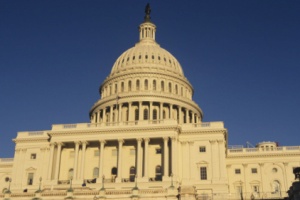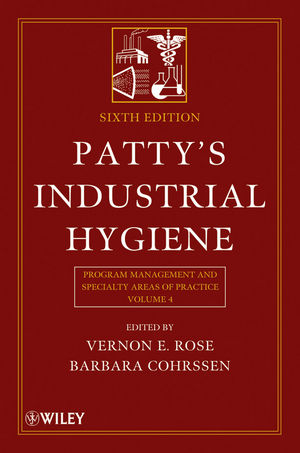 Source: Center for Public Integrity
Source: Center for Public Integrity
A group of House Democrats introduced legislation this week that aims to protect workers from combustible dust – a fire and explosion threat that has killed or injured hundreds of workers in recent decades. Workers across a range of industries face dust dangers from materials as varied as sugar, coal, wood and plastic.
Last year, the Center for Public Integrity examined the toll taken by the tragedies as well as the the political, bureaucratic and economic forces that have affected attempts to strengthen regulations addressing combustible dust dangers.
OSHA began the process of issuing a rule to address the hazard in 2009, but its progress has stalled.
Interim protections within a year
The new bill would compel the agency to issue interim protections within a year and set deadlines for finalizing a permanent rule.
“While OSHA has taken some limited steps to protect workers and property from combustible dust explosions, the widely recommended protections necessary to prevent these explosions are caught up in red tape and special interest objections,” Rep. George Miller, the senior Democrat on the House Committee on Education and the Workforce, said in a statement announcing the bill’s introduction.
| OSHA has repeatedly set rule deadlines, then moved them back. |
Standards set by the nonprofit National Fire Protection Association (NFPA) have existed for decades, but are optional in many areas. Enforcement is often weak or nonexistent. Thursday’s bill would require OSHA to base much of its interim standard on these NFPA guidelines. It would mandate more worker training, a regimen of cleaning and inspections to prevent dust buildups, and work procedures and equipment design to minimize explosion and fire risk.
The new bill would require OSHA to issue an interim standard within a year, then a proposed rule within another 18 months. The agency would then have to finalize the rule within the next three years.
Industry wants stronger enforcement of existing regs
The rule could affect a large number of businesses, and many industry groups have pushed back, arguing for exemptions or calling the measure unnecessary.
The American Chemistry Council has taken one of the strongest positions opposing the rule, saying in a statement last year to the Center, “We believe that the accidents that have occurred might have been prevented if current OSHA regulations and relevant combustible dust consensus standards had been followed and enforced.” A representative for the trade group did not respond to a request for comment Friday.
OSHA has repeatedly set rule deadlines, then moved them back. OSHA is one of only three federal agencies that must convene a panel of potentially affected small businesses to allow them to raise objections to an unpublished rule draft. The agency’s most recent agenda said it hopes to begin this stage in the process in October.
A spokesman for OSHA did not respond to a request for comment on Thursday’s legislation.
As the rulemaking process has dragged on, fires and explosions have continued. The Center detailed a series of three accidents in 2011, all involving combustible iron dust, that killed five workers at the Hoeganaes Corp. plant in Gallatin, Tenn.
OSHA faced a similar situation after a series of high-profile dust explosions at grain elevators in the 1970s. The agency proposed regulating the handling of grain dust, and industry groups objected vociferously. OSHA issued the rule in 1987 and, in a 2003 review, found that deaths in grain dust explosions had dropped by about 70 percent. The primary industry group that opposed the rule recently credited it with reducing deaths and injuries without imposing the devastating economic burden it had originally predicted.

